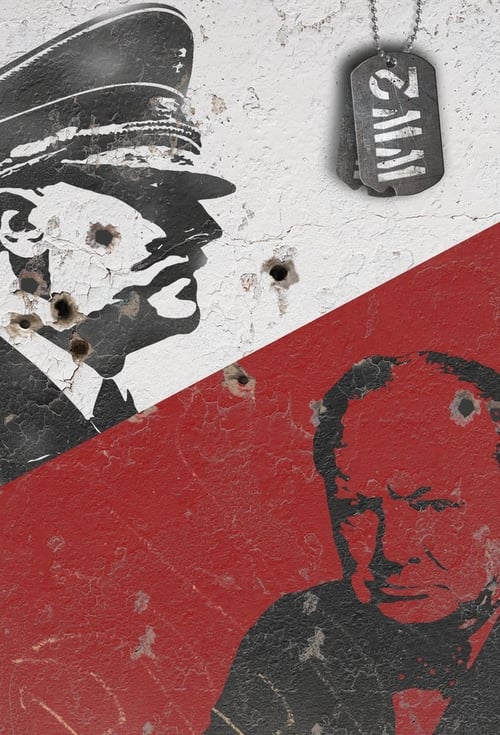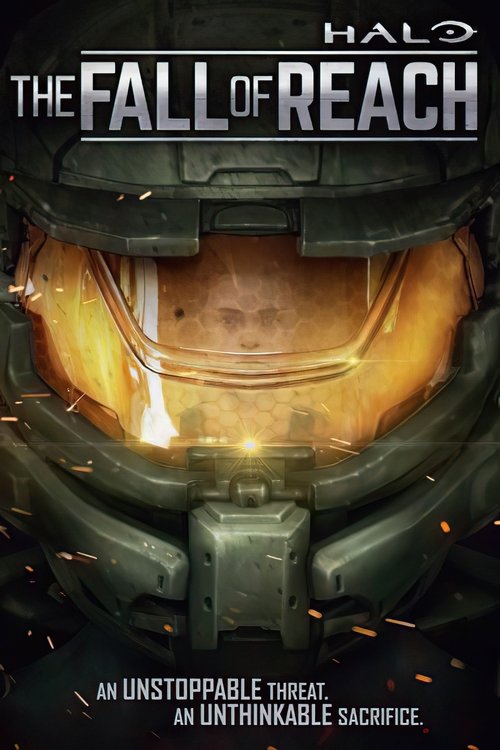
Ask Your Own Question
What is the plot?
In the opening of "The Mission," President Tom Kirkman is grappling with the aftermath of a recent terrorist attack. He is still adjusting to his role as the President after the catastrophic events that led to his unexpected rise to power. The episode begins with Kirkman in a meeting with his national security team, where they discuss the ongoing threat posed by a terrorist group known as the "Khalid." Tensions are high as they consider the implications of a potential military response.
As the meeting progresses, Kirkman is presented with intelligence that suggests a high-value target associated with the Khalid group is located in a foreign country. The team debates the risks of a covert operation to eliminate this target. Kirkman is initially hesitant, concerned about the potential fallout and the moral implications of such an action. However, he is also aware of the pressure to act decisively in the face of terrorism.
Meanwhile, Agent Hannah Wells is continuing her investigation into the conspiracy surrounding the attack on the Capitol. She is determined to uncover the truth and is following leads that suggest a deeper connection between the Khalid group and the events that led to the attack. Her pursuit of justice is fueled by a personal vendetta, as she feels responsible for the safety of the President and the nation.
As Kirkman weighs his options, he receives a call from the Secretary of Defense, who urges him to approve the mission to take out the target. The Secretary emphasizes the importance of sending a strong message to terrorists. After much deliberation, Kirkman decides to authorize the mission, understanding that it could have significant political ramifications. He feels the weight of his decision, knowing that lives are at stake.
The scene shifts to the military team preparing for the operation. They gather intelligence and finalize their plans, showcasing the tension and urgency of the situation. The team is composed of highly trained operatives who are ready to execute the mission under the cover of darkness. As they gear up, the audience can sense the adrenaline and fear that accompany such high-stakes operations.
Back in Washington, Kirkman faces criticism from various political factions regarding his decision to proceed with the mission. He holds a press conference to address the nation, where he tries to reassure the public about the safety and security measures in place. His internal conflict is evident as he struggles to balance transparency with the need for national security.
As the mission unfolds, the military team successfully infiltrates the target location. The tension escalates as they encounter unexpected resistance. A firefight breaks out, and the operatives must navigate through a series of obstacles to reach their objective. The choreography of the action is intense, with close calls and moments of bravery as they push forward.
During the operation, one of the operatives is injured, adding to the stakes of the mission. The team must make quick decisions to ensure their safety while still focusing on the primary objective. The emotional weight of the situation is palpable, as they are acutely aware that failure could have dire consequences.
Meanwhile, back in Washington, Kirkman receives real-time updates about the mission's progress. He is anxious and restless, pacing in the Oval Office as he waits for news. His advisors try to keep him calm, but the pressure of leadership weighs heavily on him. He reflects on the lives that are at risk and the potential backlash if the mission fails.
As the team finally reaches the target, they confront the high-value individual. A tense standoff ensues, and the operatives must make split-second decisions about how to proceed. The situation escalates, leading to a critical moment where they must choose between capturing the target alive or eliminating him to prevent further threats.
In the climax of the episode, the team successfully completes the mission, but not without significant cost. They manage to extract valuable intelligence that could help in the ongoing fight against terrorism. However, the emotional toll of the operation is evident as they return home, grappling with the consequences of their actions.
The episode concludes with Kirkman reflecting on the mission's outcome. He faces the reality of the decisions he has made and the impact they will have on his presidency and the nation. The weight of leadership is heavy, and he understands that the fight against terrorism is far from over. The final scenes leave viewers with a sense of uncertainty about the future and the challenges that lie ahead for Kirkman and his administration.
What is the ending?
In the ending of "The Mission," the fifth episode of "Designated Survivor," President Tom Kirkman faces a critical decision regarding a military operation in the Middle East. After a tense deliberation, he ultimately decides to proceed with the mission to rescue a group of kidnapped American citizens. The operation is successful, but it comes at a cost, leading to a significant emotional toll on Kirkman as he grapples with the consequences of his choices.
As the episode unfolds, the tension builds around the mission to rescue the hostages. Kirkman, portrayed by Kiefer Sutherland, is deeply conflicted about the use of military force. He is haunted by the potential loss of life and the moral implications of his decisions. His internal struggle is palpable as he weighs the risks against the necessity of action.
In the war room, Kirkman is surrounded by his advisors, including Chief of Staff Emily Rhodes and National Security Advisor Aaron Shore. They present him with intelligence reports and options, each one highlighting the urgency of the situation. Kirkman's face reflects his anxiety and determination as he listens to their arguments. He is aware that the stakes are high, not just for the hostages but for his presidency and the trust of the American people.
As the mission is set in motion, the scene shifts to the military team preparing for the operation. The tension is thick as they gear up, knowing that lives are on the line. The camera captures the focused expressions of the soldiers, their resolve evident as they prepare to enter a hostile environment. Kirkman watches the operation unfold from the Situation Room, his heart racing as he realizes the gravity of the moment.
During the mission, the team encounters unexpected resistance, leading to a chaotic and dangerous situation. The screen is filled with rapid cuts between the action on the ground and Kirkman's anxious face as he monitors the situation. He is torn between the desire to save the hostages and the fear of losing more lives. The emotional weight of leadership bears down on him, and the audience can feel his internal conflict.
As the operation progresses, the team successfully locates the hostages and begins the extraction. However, the mission is not without casualties. The tension peaks as Kirkman receives updates on the ground, and he must confront the reality that not everyone will make it out alive. His expression shifts from hope to despair as he realizes the cost of the mission.
In the aftermath, the hostages are brought to safety, but the victory is bittersweet. Kirkman is left to grapple with the loss of life that occurred during the operation. The emotional toll is evident on his face as he addresses the nation, delivering a speech that reflects his deep sense of responsibility and the weight of his decisions. He acknowledges the sacrifices made and the complexities of leadership in times of crisis.
The episode concludes with Kirkman alone in the Oval Office, staring out the window, lost in thought. The camera lingers on his face, capturing the burden he carries as he contemplates the future. The fate of the main characters is left hanging in the balance, with Kirkman's leadership tested and the moral implications of his choices looming large. The episode ends on a somber note, emphasizing the challenges of governance and the heavy price of decisions made in the name of national security.
Is there a post-credit scene?
In "The Mission," the fifth episode of Designated Survivor, there is no post-credit scene. The episode concludes without any additional scenes after the credits roll. The focus remains on the main storyline and character developments throughout the episode, wrapping up the narrative without extending into a post-credit moment.
What mission does President Kirkman undertake in this episode?
In this episode, President Kirkman decides to authorize a mission to capture the terrorist responsible for the attack on the Capitol. He grapples with the moral implications of sending American troops into a dangerous situation, reflecting his internal conflict between his role as a leader and his personal values.
How does Emily Rhodes support President Kirkman during the mission?
Emily Rhodes, as Kirkman's Chief of Staff, plays a crucial role in supporting him by providing strategic advice and helping him navigate the political ramifications of the mission. She also acts as a sounding board for Kirkman, helping him process his emotions and the weight of his decisions.
What challenges does Agent Wells face while investigating the terrorist threat?
Agent Hannah Wells faces significant challenges as she delves deeper into the investigation of the terrorist threat. She encounters obstacles from both the bureaucracy of the FBI and the urgency of the situation, which puts her in dangerous scenarios as she seeks to uncover the truth behind the attack.
How does the episode explore the relationship between Kirkman and his family?
The episode delves into Kirkman's relationship with his family, particularly as he struggles to balance his responsibilities as President with his role as a husband and father. His emotional turmoil is evident as he tries to reassure his wife, Alex, and their children, who are grappling with the fallout of the attack and the dangers of his position.
What is the significance of the decision-making process shown in this episode?
The decision-making process in this episode is significant as it highlights Kirkman's evolution as a leader. He must weigh the risks of military action against the potential for further attacks, showcasing his growth from a reluctant leader to someone who is beginning to embrace the complexities of his role in a crisis.
Is this family friendly?
In "The Mission," episode 5 of Designated Survivor, there are several elements that may be considered objectionable or upsetting for children or sensitive viewers:
-
Violence and Threats: The episode includes scenes depicting violence and the threat of violence, which may be intense for younger audiences. There are discussions and depictions of military operations that involve potential harm to individuals.
-
Political Tension: The storyline involves high-stakes political maneuvering and discussions about national security that may be complex and stressful, potentially causing anxiety for sensitive viewers.
-
Emotional Distress: Characters experience significant emotional turmoil, including fear, anxiety, and moral dilemmas, which may be heavy for younger viewers to process.
-
Death and Loss: There are references to loss and the impact of death on families, which can be upsetting for children or those who are sensitive to themes of grief.
-
Mature Themes: The episode touches on themes of betrayal, loyalty, and the weight of leadership, which may be difficult for younger audiences to fully understand or relate to.
These elements contribute to a tone that may not be suitable for all children, depending on their maturity level and sensitivity to such themes.


























